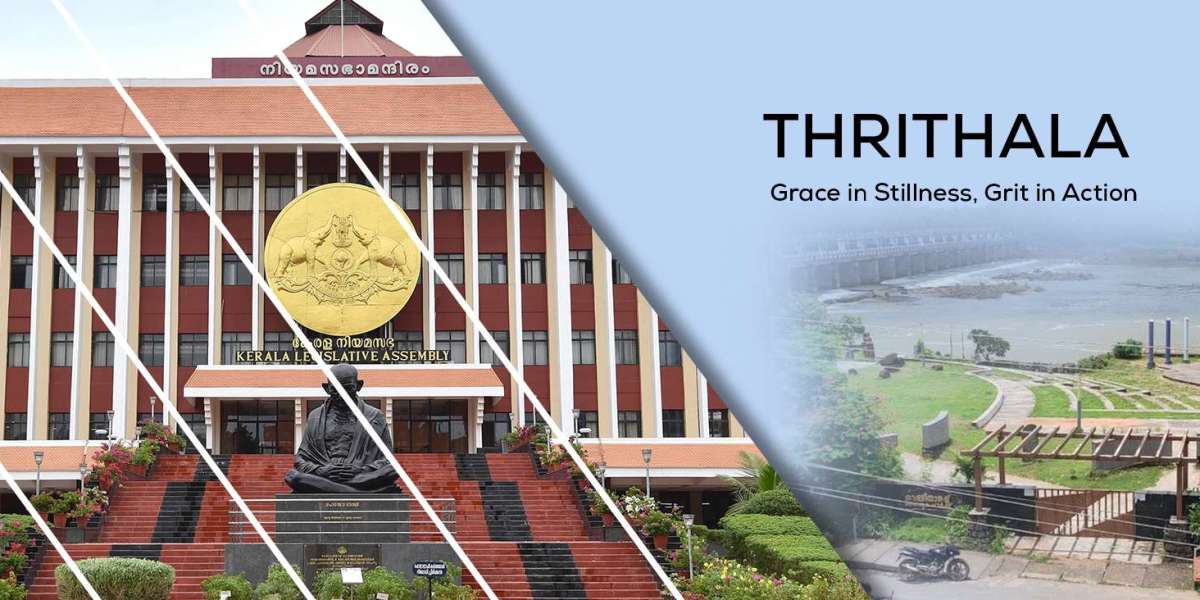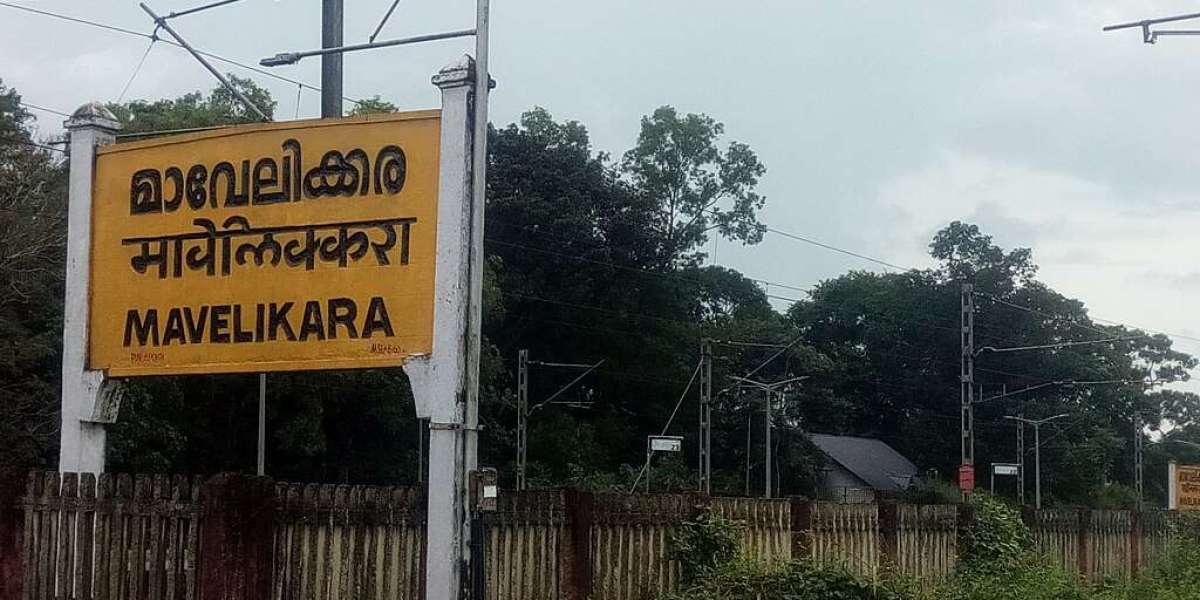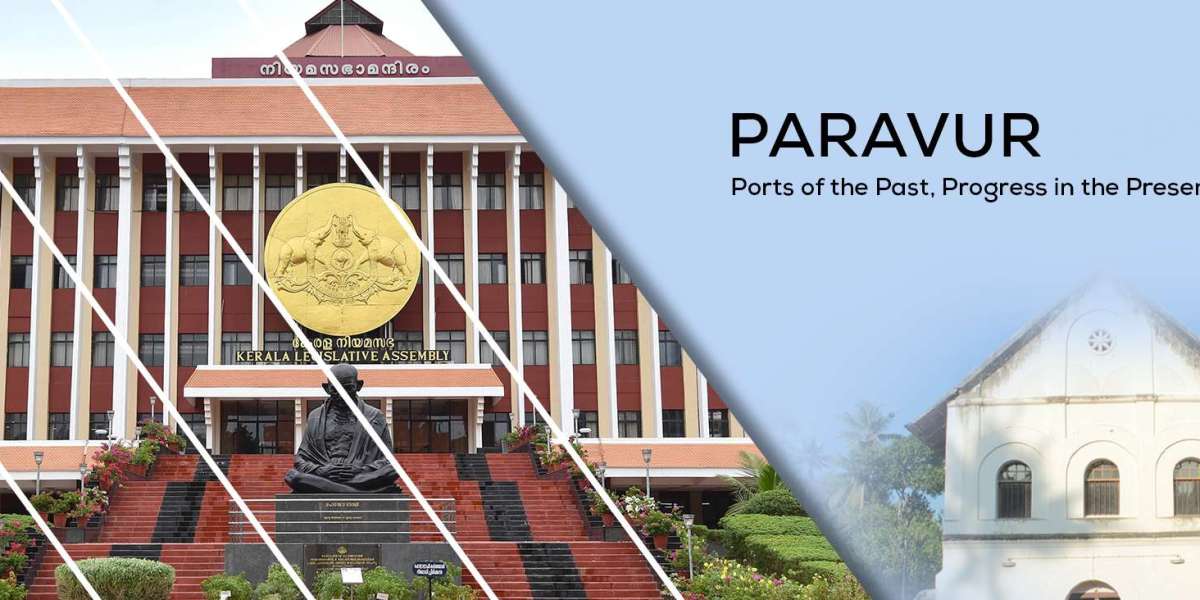Polling Stations
In 2021, Thrithala had 282 polling stations, spread across school halls, madrassas, and panchayat
spots, covering neighborhoods from Koodallur to Ummathoor, Chalissery and Kappur. Key booths
include:
Gokulam Thottazhiyam Junior Basic School, Kumbidi (multiple wings)
Govt. High School, Koodallur (East & West)
GHSS Kumaranellur (North, South, East blocks)
Izzathul Islam Higher Secondary Madrasa and Mappila LP School, Kozhikkara
AUP Schools in Edapparambu, Thanneerkkode, Pattissery, Vellalur
These stations ensure strong democratic reach across both rural and semi-urban zones.
Voter turnout in 2021 was approximately 77%, showing high civic engagement.
Demography & Terrain
Thrithala is primarily a rural constituency (over 80%), defined by fertile flatlands and the
Bharathapuzha River, which flows through settlements like Kudallur and Pattithara. The region has
88–93% literacy level, and the 2011 panchayat data records a Scheduled Caste population of ~18%,
with minimal tribal presence.
Livelihood Sources
Agriculture dominates the local economy: cultivation of rice, coconut, spices, banana, and
homestead vegetables is common in panchayats like Parudur, Pattithara, and Kappur.
Remittances from NRIs (especially Gulf migrants) constitute a vital income stream, providing
economic support across many households.
Trade & small-scale business: Local markets in Thrithala town and surrounding villages offer
spice trading, retail stores, auto services, and cottage industries.
Minor fluvial fishing and ecotourism emerge along the Bharathapuzha belt, though there is
no large-scale blue economy.
Public services & education: Institutions like Thrithala CHC, Anakkara schools, and
panchayat offices offer employment.
Economic Strata
Most residents are middle-income, supported by farming, remittances, and local commerce. A
smaller group—landholding farmers, diaspora-funded families, and local entrepreneurs—comprise
the higher-income category. A modest number—smallholder laborers or landless villagers—remain
below the poverty line, though the high literacy rate and welfare policies help mitigate extreme
deprivation.
Recent Development Initiatives
Infrastructure upgrades: Significant investment is underway around Thrithala CHC (₹12.5
crore) and Chalissery PHC, improving healthcare delivery and civic amenities.
Tourism & cultural investment: Thrithala and Pattithara panchayats have been selected for
the Street Responsible Tourism project, part of Kerala’s literary-tourism circuit, with
₹50 crore allocated regional development.
Road and bridge development: Enhanced connectivity across Anakkara, Kolladathoor, and
Parudur is improving access to major towns.
Polling infrastructure expansion to 282 booths has eased electoral access and reduced
crowding at polling centers.
Thrithala Assembly Constituency represents Kerala’s productive heartland—where agriculture,
riverine culture, and NRI-supported livelihoods guide daily life. With its majority middleincome
demographic, growing civic and healthcare infrastructure, and tourism-based heritage initiatives,
Thrithala is evolving toward inclusive growth grounded in its agrarian roots and community vitality.







